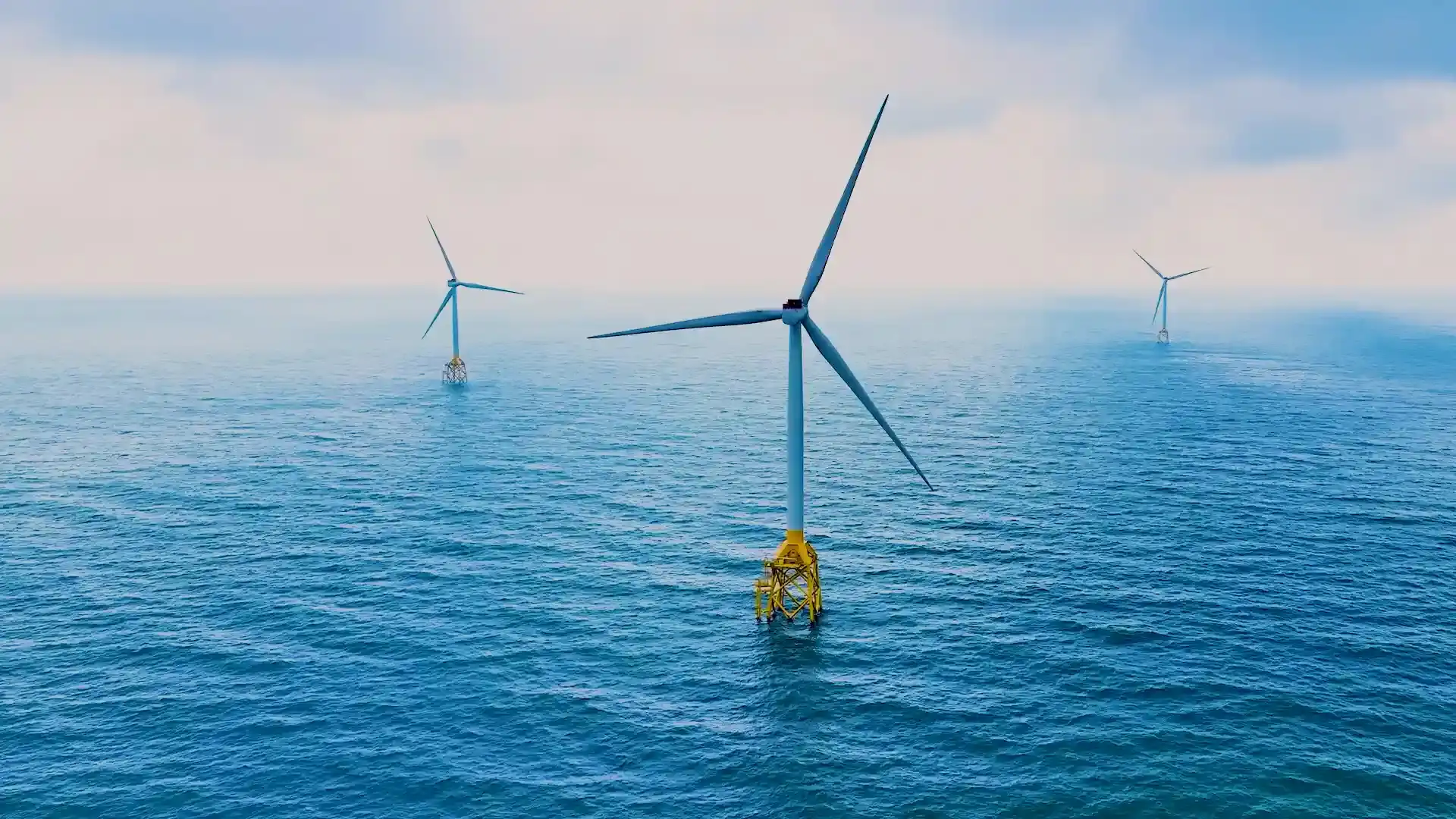Philippines to Become Southeast Asia's First Country to Launch Offshore Wind Auction in Q3 After Learning from Taiwan

Philippines to Become Southeast Asia's First Country to Launch Offshore Wind Auction in Q3 After Learning from Taiwan

At the end of 2024, the Philippine government announced plans to hold its fifth Green Energy Auction (GEA-5) in the third quarter of 2025. The terms of reference were officially released on June 11 by the Department of Energy(DOE), with the auction scheduled to begin on July 25. GEA-5 will mark the first time the country auctions offshore wind power, making the Philippines the first nation in Southeast Asia to do so.
Renewable Energy Transition: Wind and Solar Energy as Main Drivers
The Philippine government has yet to set a specific year for achieving carbon neutrality or net-zero emissions. According to its Philippine Energy Plan (PEP) 2023-2050, the goal is for renewable energy to account for 35% of power generation by 2030, 50% by 2040, and more than 50% by 2050. By 2040, the country plans to add 52.8 GW of new-built renewable energy capacity, including 27 GW from solar energy, 16.6 GW from wind energy, 2.5 GW from geothermal, and 6.1 GW from hydropower. The core of this energy transition will be driven by solar energy and offshore wind.
In 2019, the World Bank released a report, Expanding Offshore Wind to Emerging Markets, estimating that the Philippines has 178 GW of offshore wind potential, with 90% of it located in deep waters suitable for floating wind farms. While the country currently has 593 MW of onshore wind in operation, no offshore projects have yet been developed. President Marcos Jr. has pushed for offshore wind development, aiming to see the country's first offshore wind farm completed before he leaves office in 2028.
In April 2023, his administration issued Executive Order No. 21, instructing the DOE to develop a regulatory framework to accelerate offshore wind development. Reforms have included establishing a one-stop permitting office and allowing 100% foreign ownership of renewable energy projects. The Global Wind Energy Council (GWEC) named the Philippines as the second most promising emerging market for renewable energy investment in the Asia-Pacific in its Global Wind Report 2025.
Learning from Taiwan's Experience
To advance its offshore wind sector, the Philippines has studied Taiwan's experience. In August 2024, the Danish Trade Council in the Philippines led a delegation to Taiwan to observe offshore wind development firsthand. They visited foundation manufacturers, wind energy training centers, and toured an offshore wind farm off the coast of Changhua. DOE Undersecretary Rowena Cristina L. Guevara noted that the Philippines plans to adopt Taiwan's approach in its Phase 3 Zonal Development by designating sensitive "no-go zones" (red zones). The Philippines will similarly define Marine Protected Areas as exclusion zones and prohibit vessels from passing through these areas.
First Offshore Wind Auction to Focus on Fixed-Bottom Offshore Wind
Since 2022, the Philippines has used the Green Energy Auction program to boost renewable energy deployment, with each round covering different technologies. GEA-4 focused on solar, onshore wind, and energy storage systems. Under GEA-5, 3,300 MW of capacity will be auctioned for completion between 2028 and 2030. Given current infrastructure and supply chain limitations, the auction will initially focus on fixed-bottom offshore wind, though "still keeping the door open for floating offshore wind technology."
Following the release of the terms, the Energy Regulatory Commission will set the Green Energy Auction Reserve (GEAR) prices next month. Winning bidders will be awarded 20-year power purchase agreements with green energy tariffs (GET), which will be indexed for inflation and currency fluctuations, providing pricing stability to developers. Stakeholders have until June 18 to submit questions or feedback on the GEA-5 terms of reference.
25-Year Exclusive Rights for Developers Through Service Contracts
Under current procedures, the government awards Offshore Wind Energy Service Contracts (OSWESC) granting developers exclusive rights for 25 years. Projects must obtain an Environmental Compliance Certificate (ECC) from the Department of Environment and Natural Resources (DENR). The pre-development stage, during which developers apply for and secure an ECC, lasts five years and may be extended for two more years. With an ECC, developers can conduct wind farm surveys, including geophysical and geotechnical studies, metocean data collection, and environmental and social impact assessments.
Developers must then submit an Environmental Impact Assessment and apply for a development-stage ECC. Once obtained, they can apply to the DOE for a Declaration of Commerciality (DOC). Only after receiving the DOC can the project enter the construction and operational phases, lasting until the end of the 25-year contract, with an option to extend for another 25 years.
92 OSWESC Approved, Many Foreign Players Involved
Since 2020, and as of December 2024, the DOE has approved 92 offshore wind service contracts with a total potential capacity of 67.26 GW. These contracts are a prerequisite for participation in GEA-5. The growing number of contracts reflects strong developer interest in the Philippine market, with many foreign firms investing.
Denmark's Copenhagen Infrastructure Partners (CIP) is developing two wind farms in the country solely and it is also partnering with the Ayala Group's ACEN on the 1 GW San Miguel Bay project, in which CIP holds a 75% stake. CIP intends to enter this project in the auction. Other developers include Corio Generation (a Macquarie subsidiary), a joint venture between Philippine firm PGEC and Denmark's Copenhagen Energy, and Singapore-based Nexif Ratch Energy. At least eight developers are expected to compete for the 3.3 GW capacity in GEA-5.
Despite the DOE approving 92 contracts, only a few projects have advanced to the stage of obtaining pre-development ECCs. Environmental assessments and permitting typically take 4–6 years, while construction (onshore and offshore) can take another 2–4 years. With GEA-5 targeting completion between 2028 and 2030, developers will have only 3 to 5 years to complete projects after winning bids, which is a very tight timeline. Success will require strong coordination between the government and private sector.

Yunling Ko
Yunling Ko holds a Bachelor's degree in Political Science and a Master's degree in Public Affairs from National Taiwan University. Following her graduation, Ko embarked on a career in Taiwan's renewable energy sector, with professional experience spanning government agencies, project development firms, and consulting organizations.
More related articles
